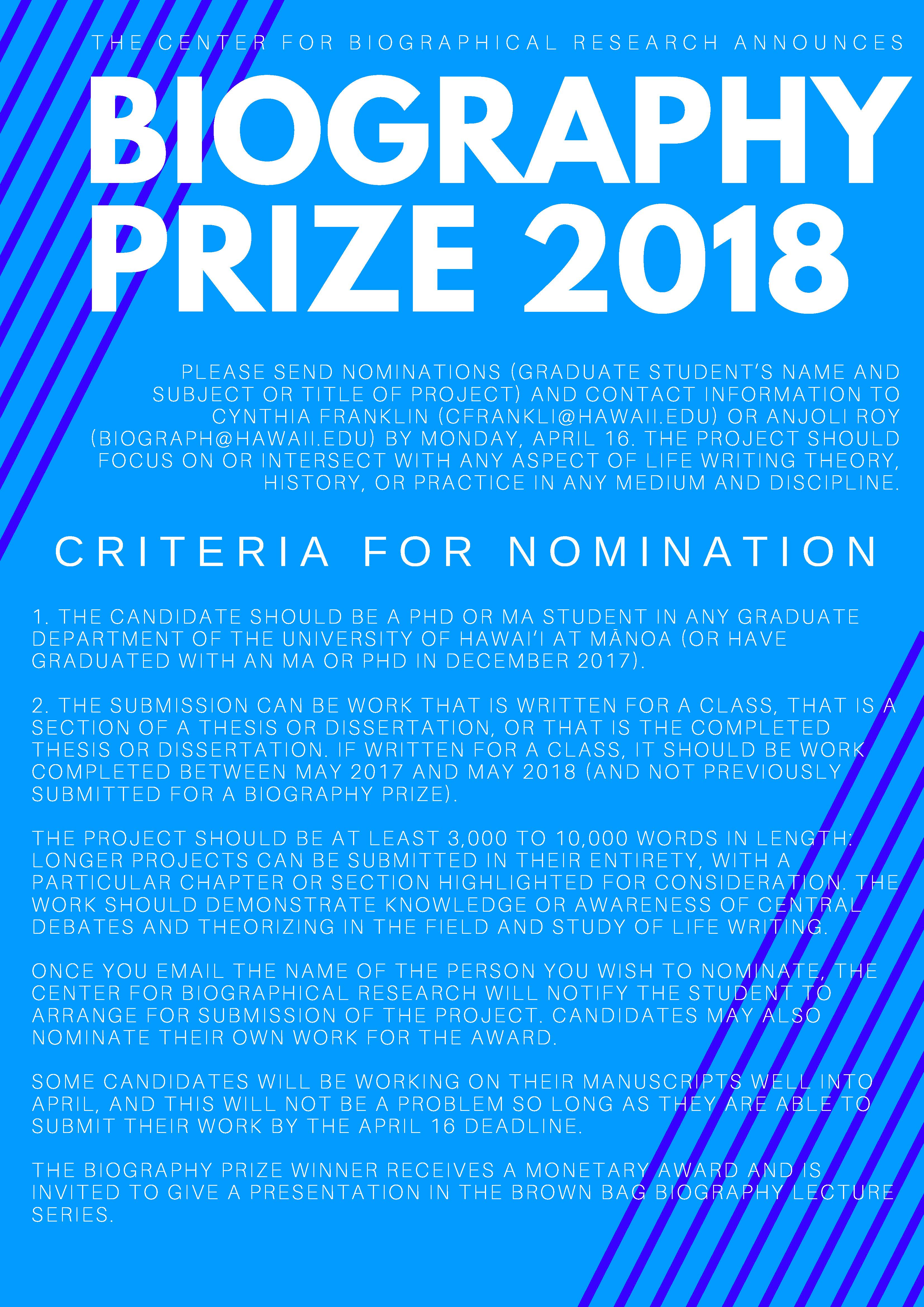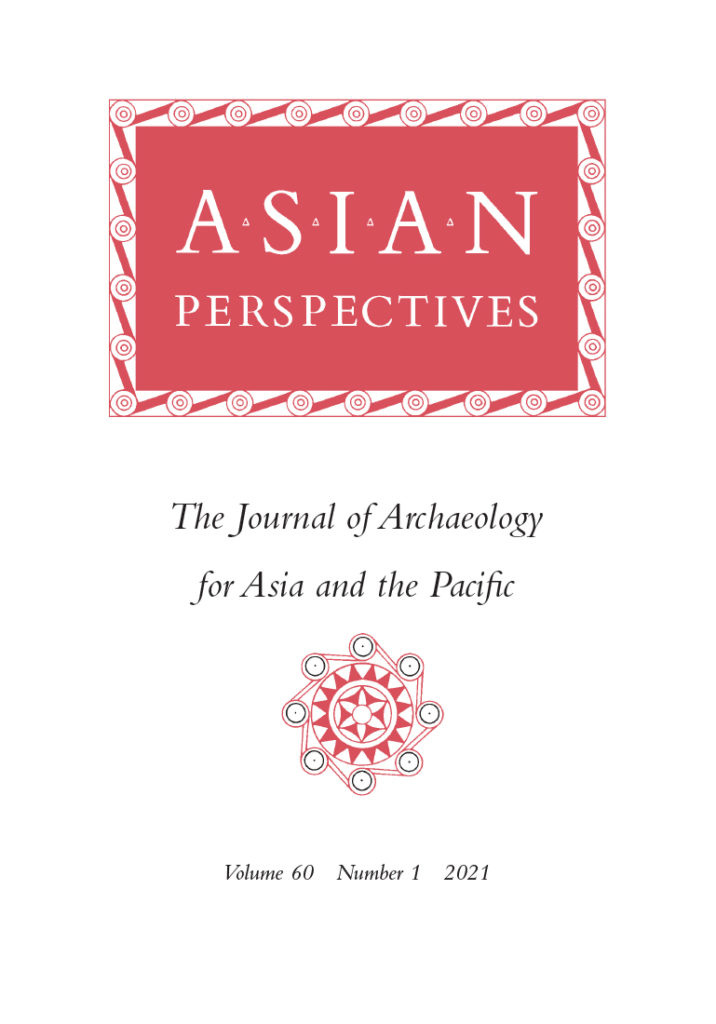
Asian Perspectives
Volume 60, Number 1 (2021)
The new issue includes the following articles:
Addressing Tensions between Colonial and Post-Colonial Histories: Modeling Hawaiian Fort Pā‘ula‘ula/Russian Fort Elizabeth, Kaua‘i Island, Hawai‘i
Aleksander V. Molodin and Peter R. Mills
To Eat or Not to Eat? Animals and Categorical Fluidity in Shang Society
Yitzchak Jaffe and Roderick Campbell
Gendered Households and Ceramic Assemblage Formation in the Mariana Islands, Western Pacific
Jacy M. Miller, Darlene R. Moore, and James M.
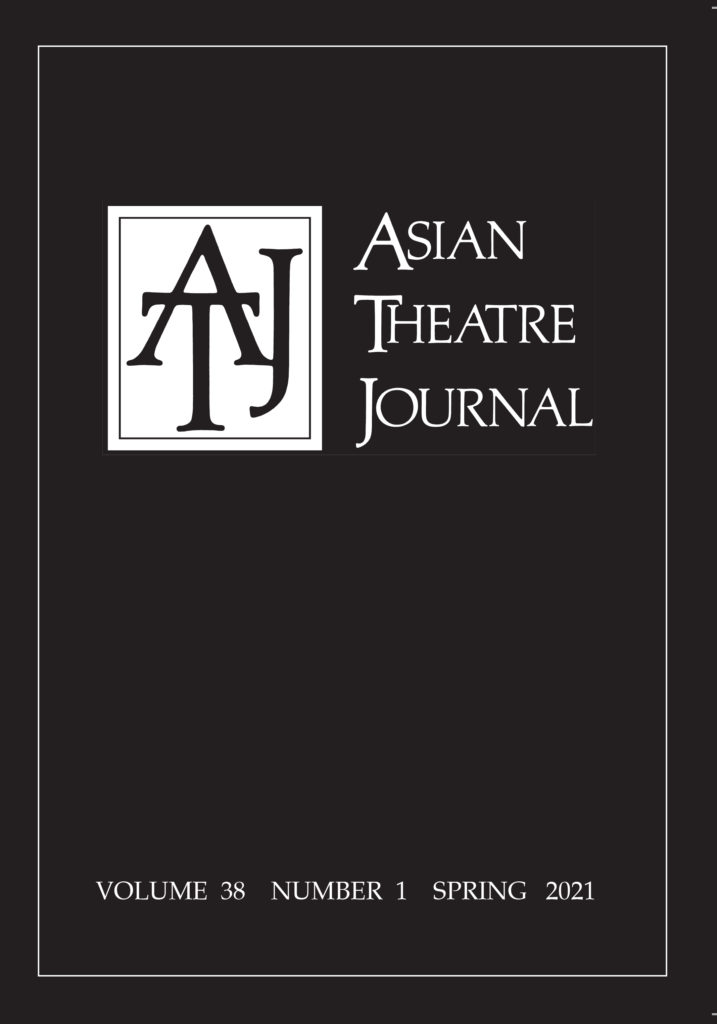
Asian Theatre Journal
Volume 38, Number 1, (2021)
From the Editor Siyuan Liu:
This issue starts with Carol Fisher Sorgenfrei’s appreciation of Leonard Pronko (1927–2019), noted kabuki scholar and teacher who passed away late 2019. Building on her profile of Pronko for Asian Theatre Journal’s “founders of the fields” series (28: 2, 2011), Sorgenfrei offers a touching personal profile of her former professor as an extraordinary human being.
As evidence to the flourishing field of Japanese theatre studies pioneered by Pronko and his peers, this issue continues with a special section on contemporary Japanese theatre with a combination of articles, reports, a translation, and a performance review essay.
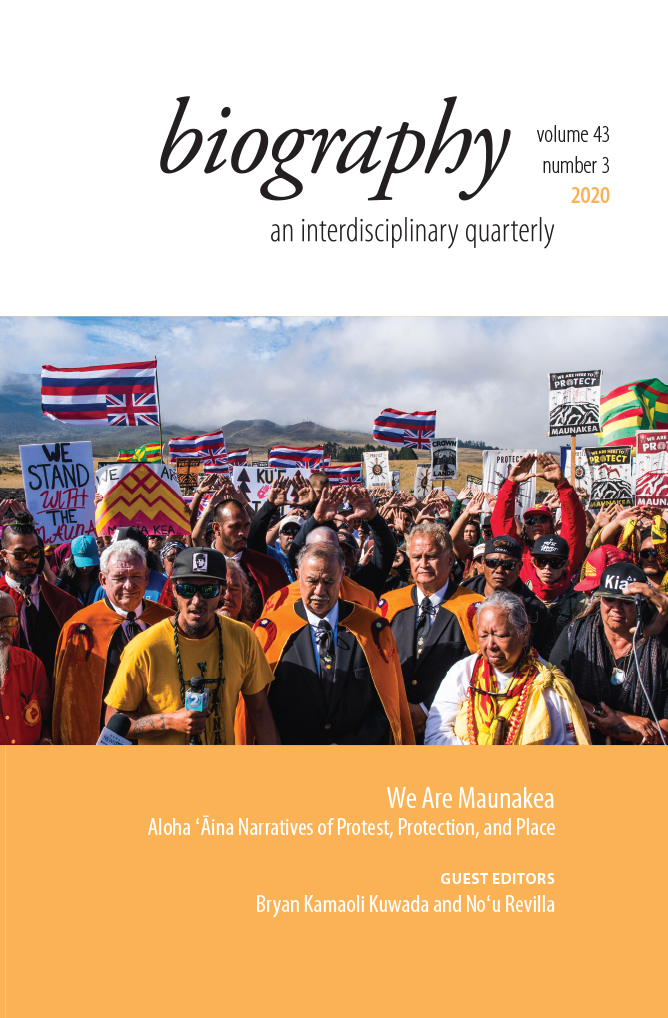
biography
Volume 43, Number 3 (2020)
We Are Maunakea: Aloha ʻĀina Narratives of Protest, Protection, and Place
Bryan Kamaoli Kuwada and Noʻu Revilla
From the guest editors’ introduction:
In the summer of 2019, kiaʻi (protectors) gathered at Puʻuhonua o Puʻuhuluhulu to defend Maunakea, a sacred mountain, against desecration by the construction of the Thirty Meter Telescope (TMT). Thousands gathered at Ala Hulu Kupuna, or Mauna Kea Access Road. Daily protocols were led by cultural practitioners and long-time protectors of Maunakea, intergenerational Native Hawaiian leadership was developed and empowered on Hawaiian terms, a community kitchen was organized, Puʻuhuluhulu University was established as an actual Hawaiian place of learning, and a collective commitment to ʻāina and kapu aloha rooted all who arrived and all who continue to stay in this movement.
The 2019 stand was also an unprecedented opportunity to witness the battle of narratives, as mainstream media and highly paid public relations firms were outmaneuvered by Kanaka- and ally-authored life writing. This special issue features first-hand accounts, academic reflections, creative works, photography, and interviews with kiaʻi from the 2019 front lines and members of the media team.

Journal of World History
Volume 32, Number 2 (2021)
Special Issue: Digital Methods, Empire Histories
Introduction from Guest Editor Antoinette Burton reads:
The technological evangelism of much of anglophone digital humanities discourse should sit uneasily with empire historians, who know what languages of discovery and “new frontiers” have meant in the context of world history, especially where data collection is concerned. To be sure, digitization has made myriad colonial archives, official and unofficial, available via open access platforms. This means that vast stores of knowledge are now at our fingertips—a proximity and immediacy that has reshaped the lived experience of archival research for many scholars, in this case bringing the imperial world not just closer to home but into the hands of anyone who has access to a cellphone. And the revolution in digital tools in the last twenty-five years has given rise to equally vast possibilities for gathering and visualizing evidence as well as for scaling and interpreting data: for worlding, mostly by aggregation and consolidation, what we aim to know about the kinds of colonial pasts that are available and capturable via text and image. Yet, this information empire is not exactly new. Digitization most often reassembles archival collections proper, sometimes remixing them with print and visual culture and typically organizing them through mechanisms and selection processes that are more or less visible depending on the commitment to transparency of the conglomerator. In some cases, those conglomerators are private individuals or government entities; in others, corporate sponsors; in still others, community-based activists. Inevitably perhaps, today’s digital imperial “data” are actually, more accurately, digitally transformed imperial sources. And for colonial subjects, as for the enslaved, data has more often than not meant terror at the scene of the crime.
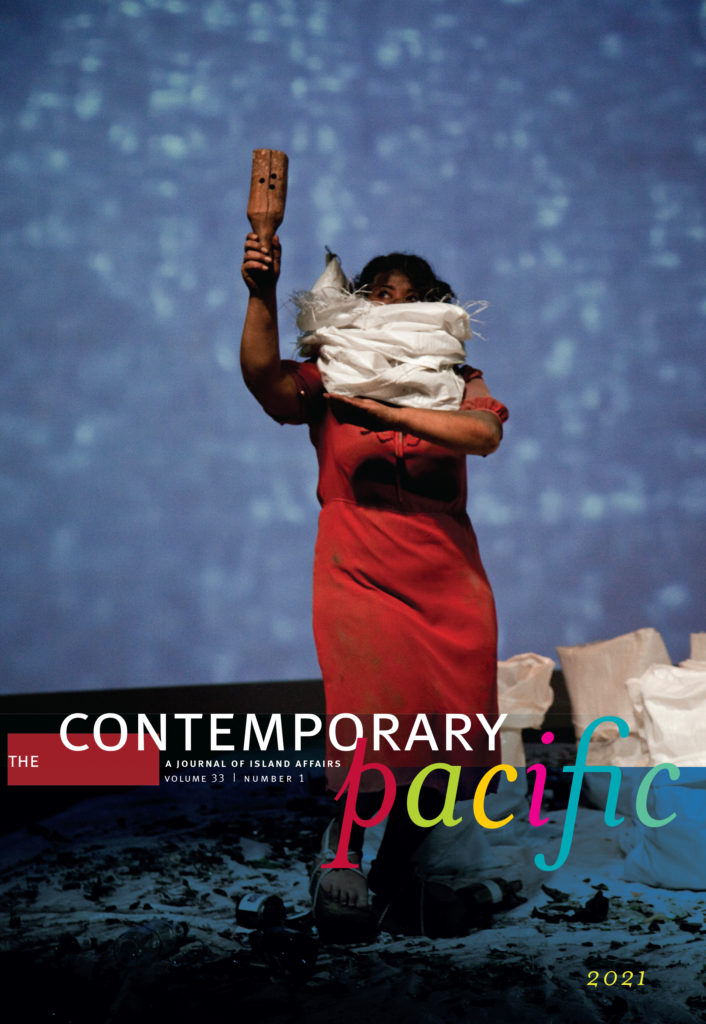
THE CONTEMPORARY PACIFIC
Volume 33, Number 1 (2021)
The new issue includes the following articles:
“We Want Development”: Land and Water (Dis)connections in Port Moresby, Urban Papua New Guinea
Michelle Nayahamui Rooney
“Keeping an Eye Out for Women”: Implicit Feminism, Political Leadership, and Social Change in the Pacific Islands
Ceridwen Spark, John Cox, and Jack Corbett
Gesturing to the Past: The Case for an Ethnography of Melanesian Poetics
Deborah Van Heekeren
Smart Sanctions, Hollow Gestures, and Multilateral Sport: New Zealand–Fiji Relations and the Politics of Professional Rugby, 1987–2011
Greg Ryan
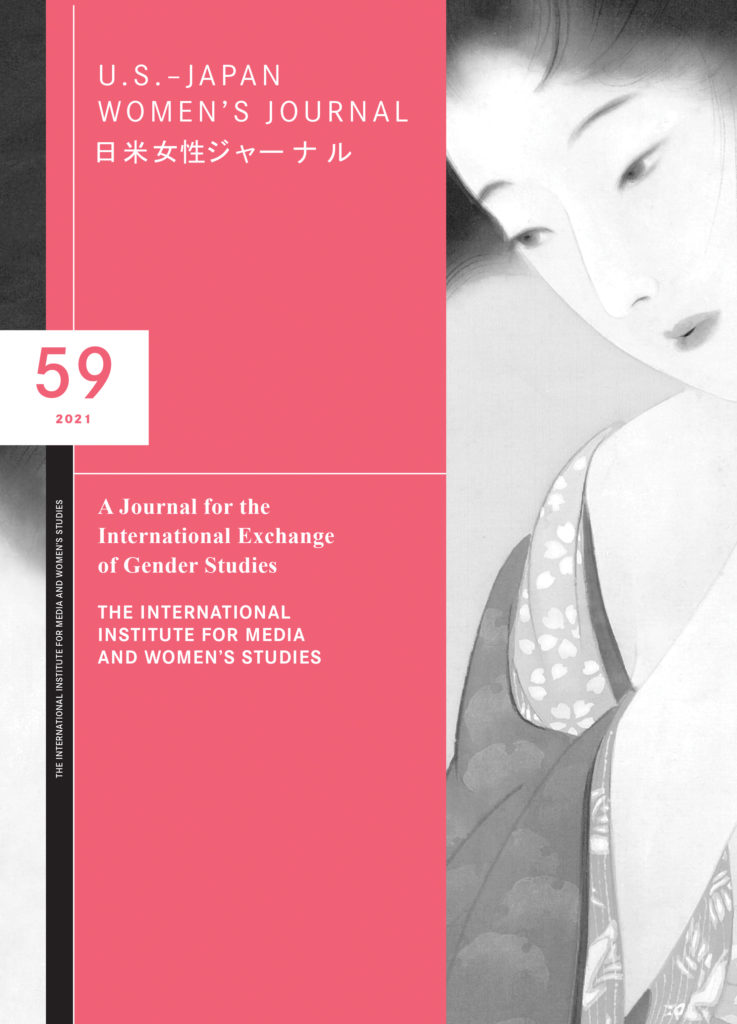
U.S.-Japan Woman’s Journal
Volume 59 (2021)
The new issue includes the following articles:
Remembering Okei (1852-1871): Daughter of Aizu, Pioneer of Gold Hill おけいを記憶する:会津の娘、ゴールド・ヒルの草分け
Kristina S. Vassil
From Occupation Base Clubs to the Pop Charts: Eri Chiemi, Yukimura Izumi, and the Birth of Japan’s Postwar Popular
Music Industry 江利チエミ、雪村いづみ、日本の戦後のポピュラー音楽産業を再構築し た軍事占領基地クラブのミュージシャン
Michael Furmanovsky
My Encounter with Women’s Studies 女性学との出会い1
宗子水田
Noriko Mizuta and Bo Tao





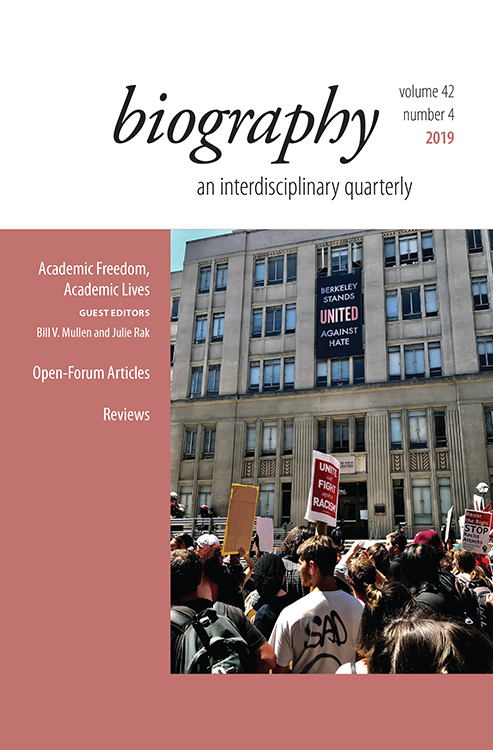
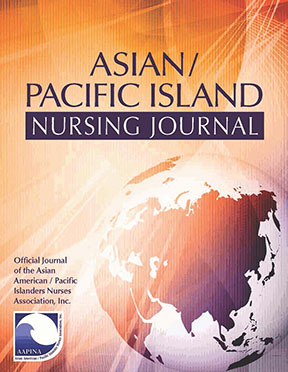
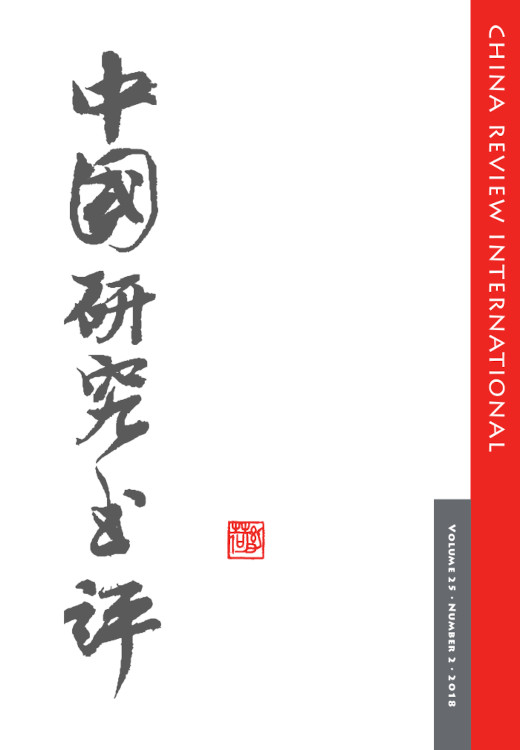
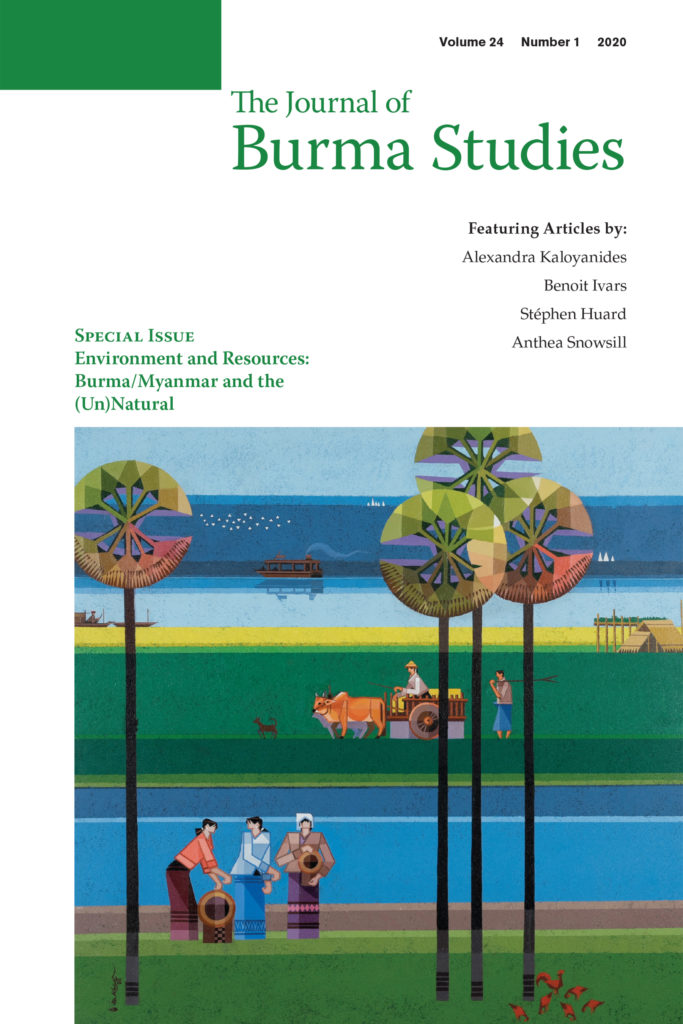
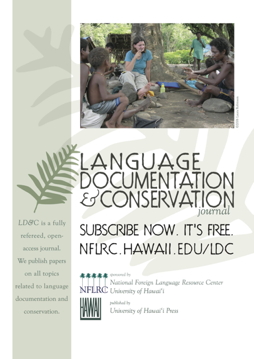
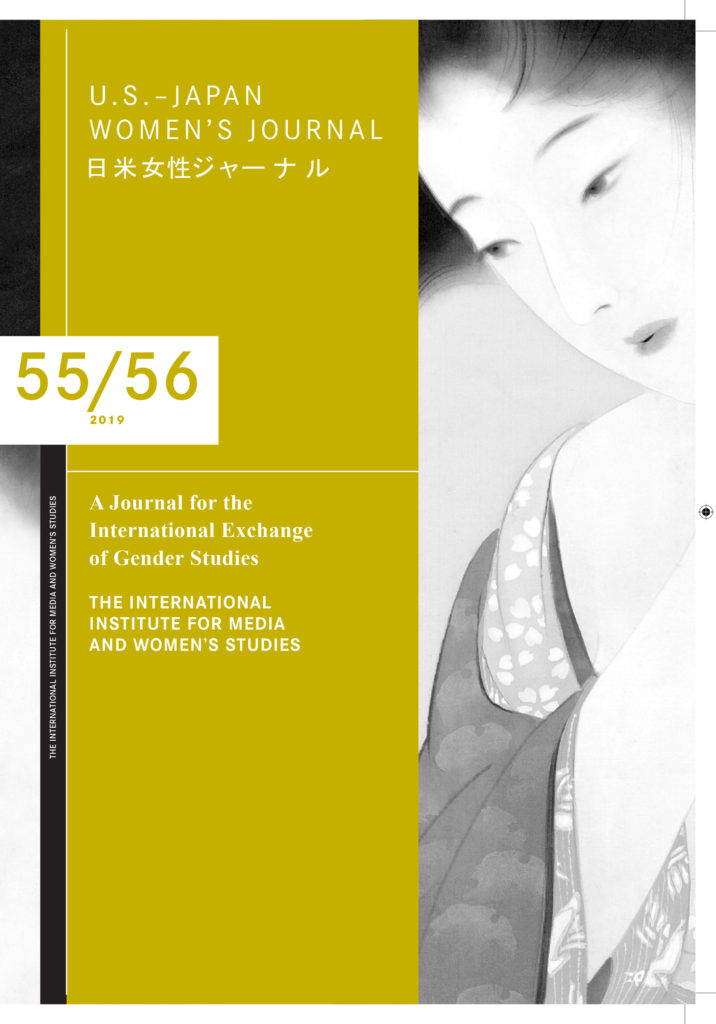
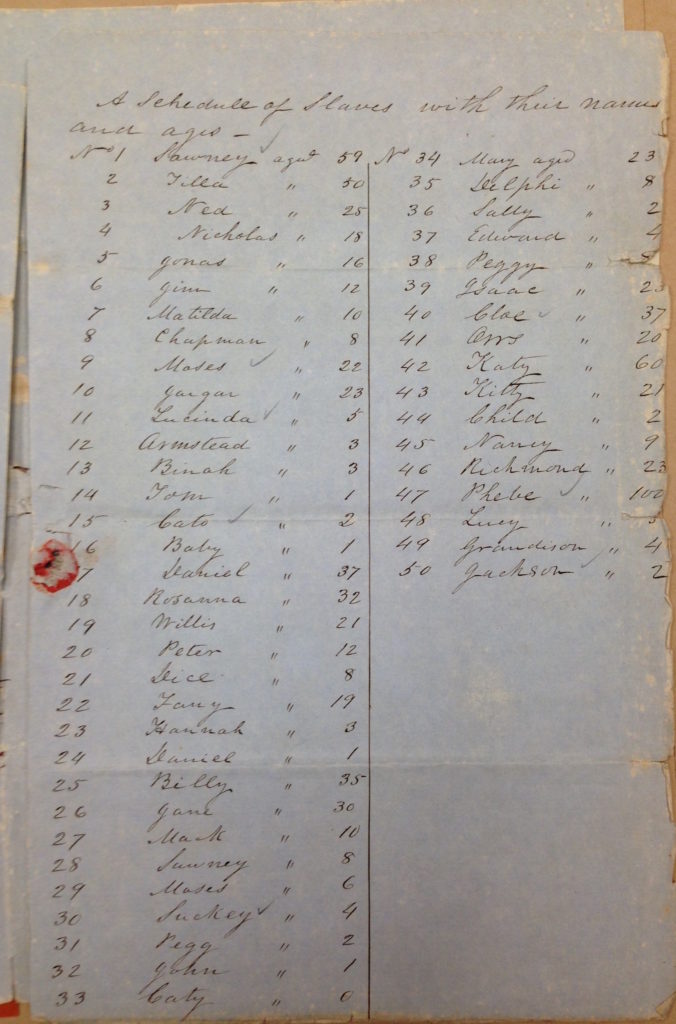
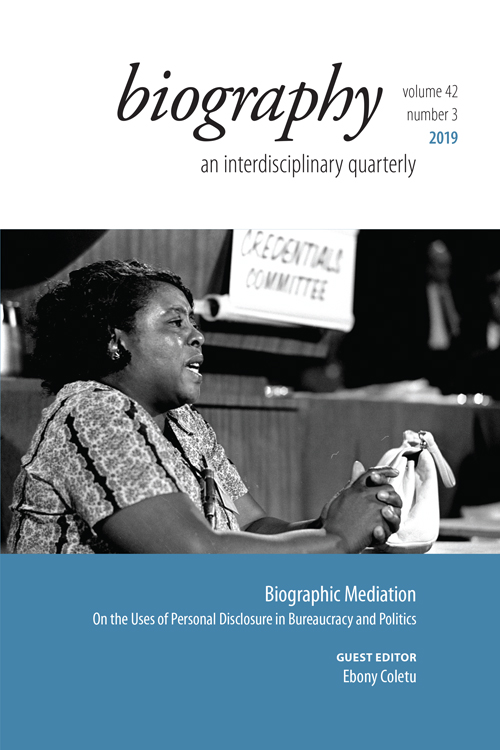

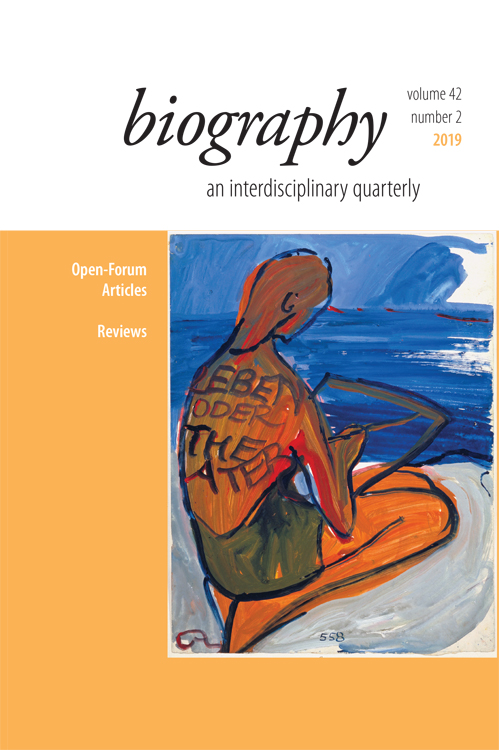
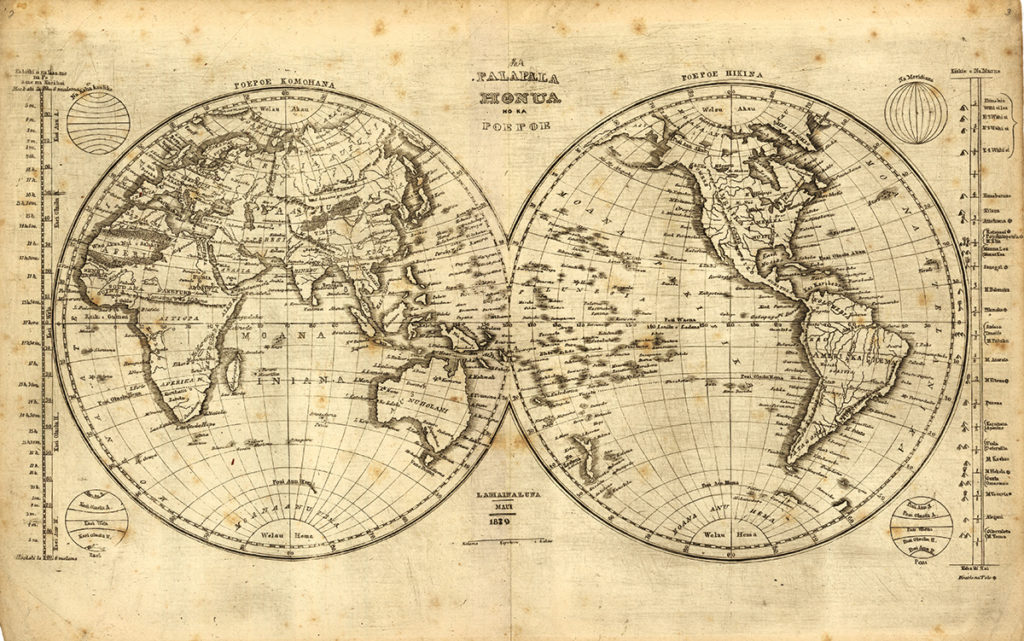
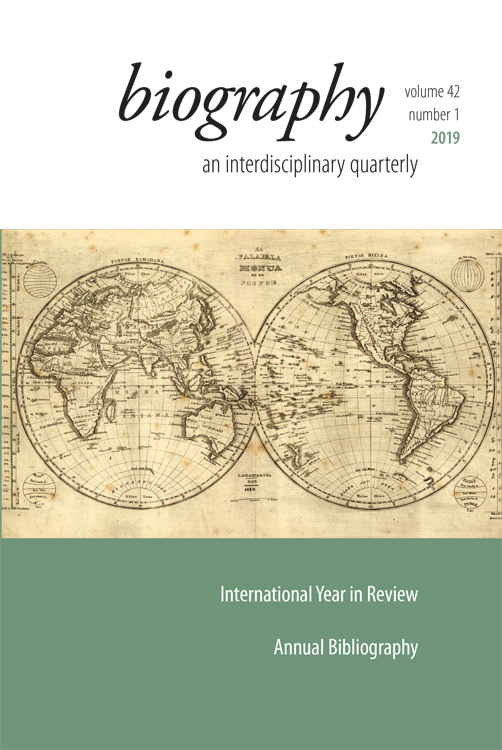
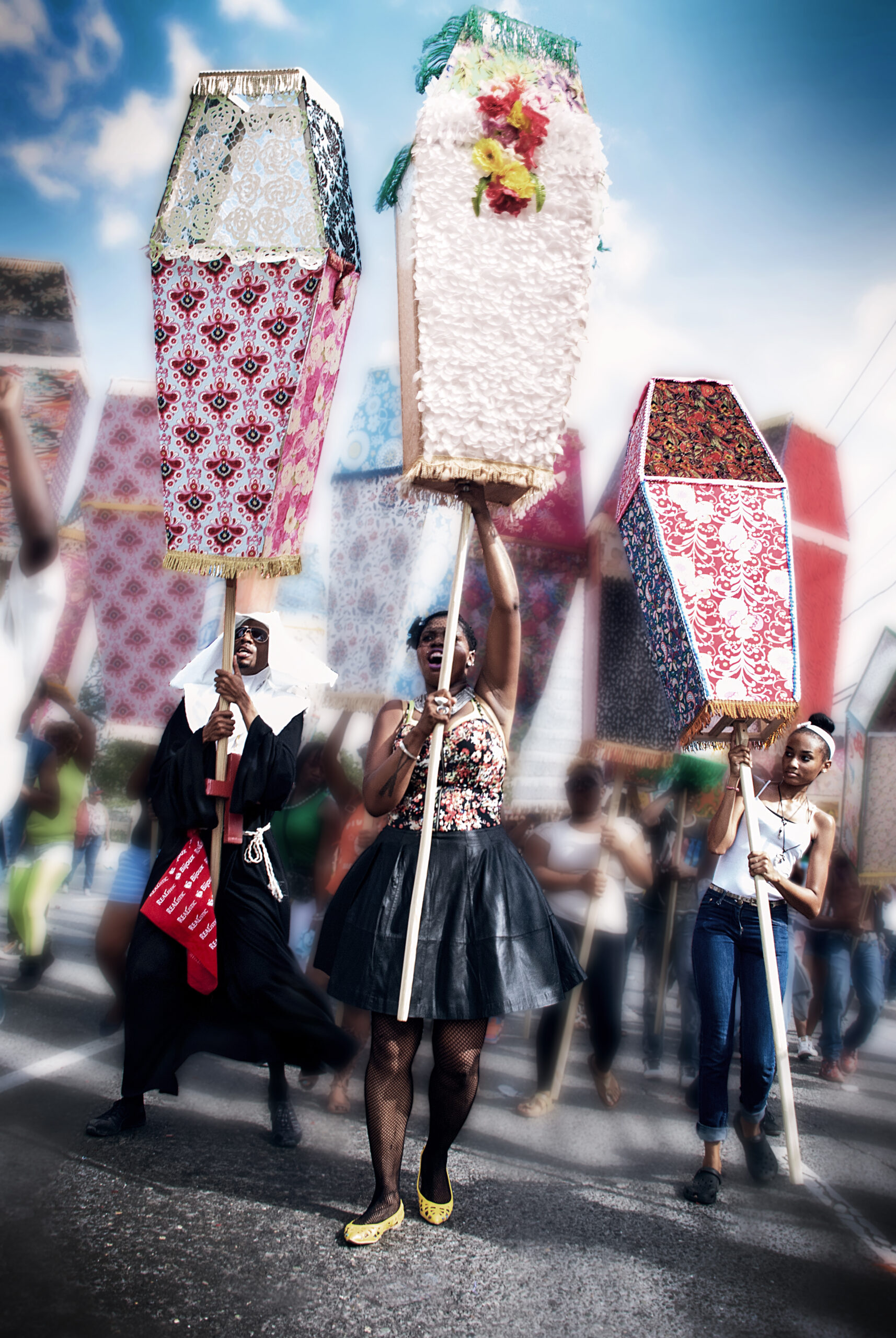
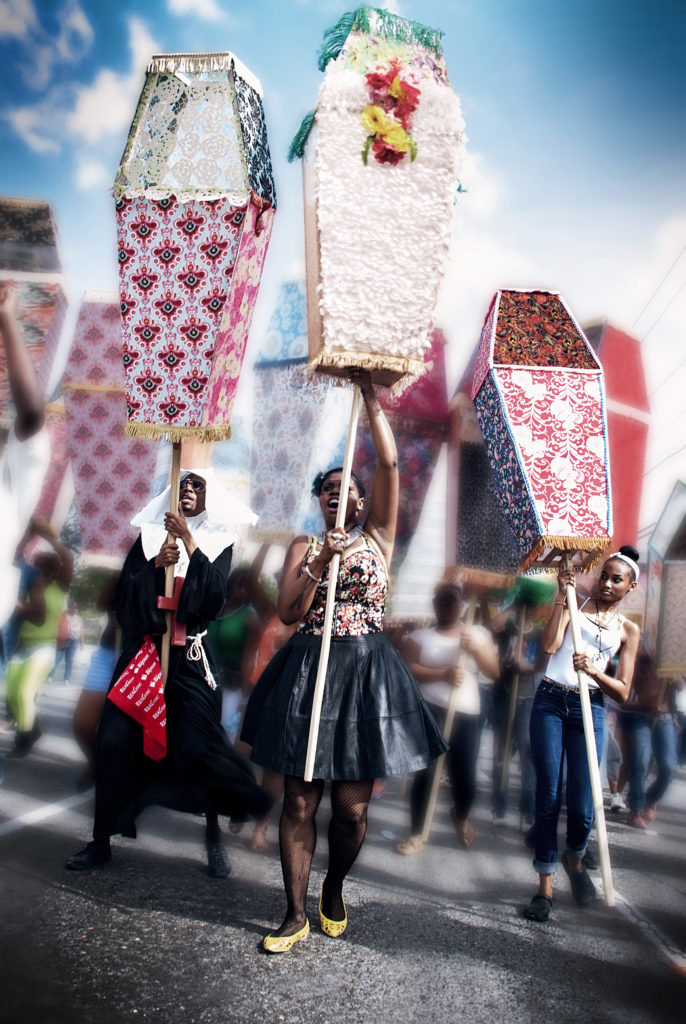
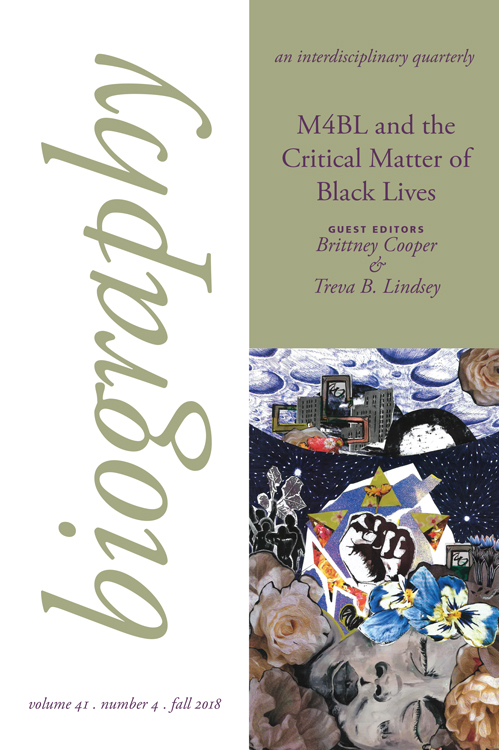
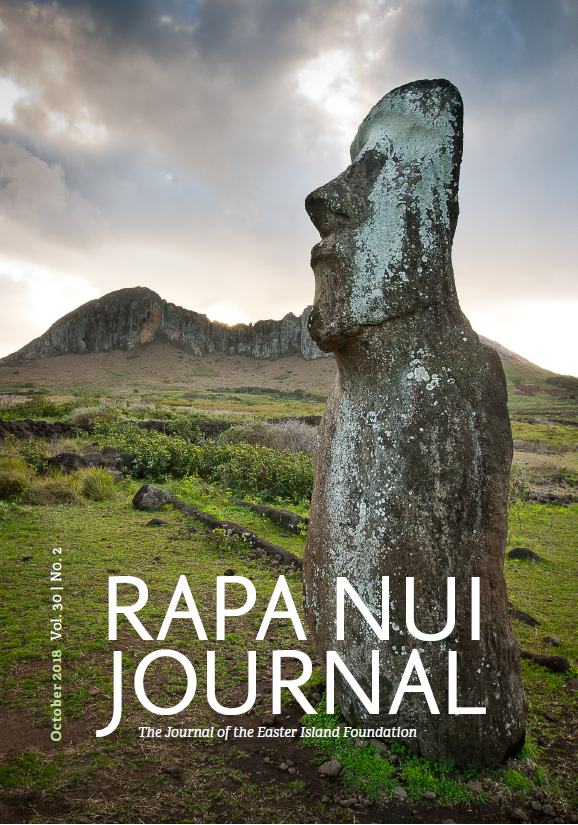
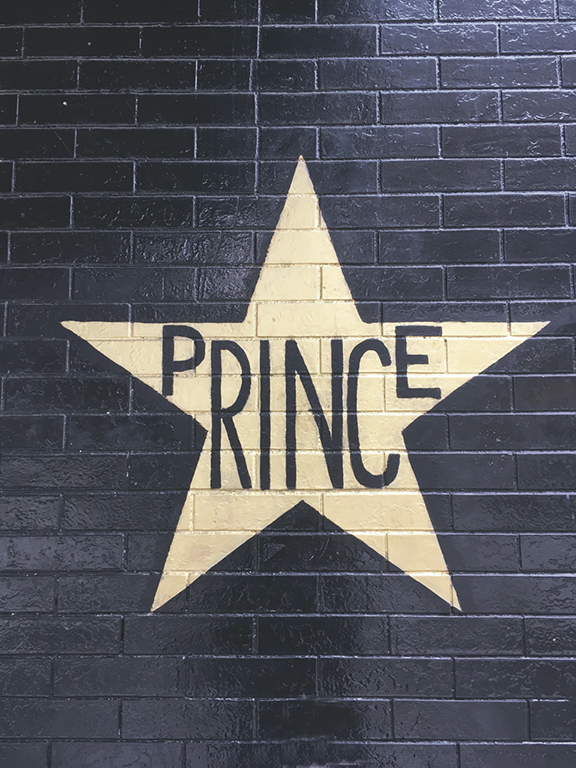


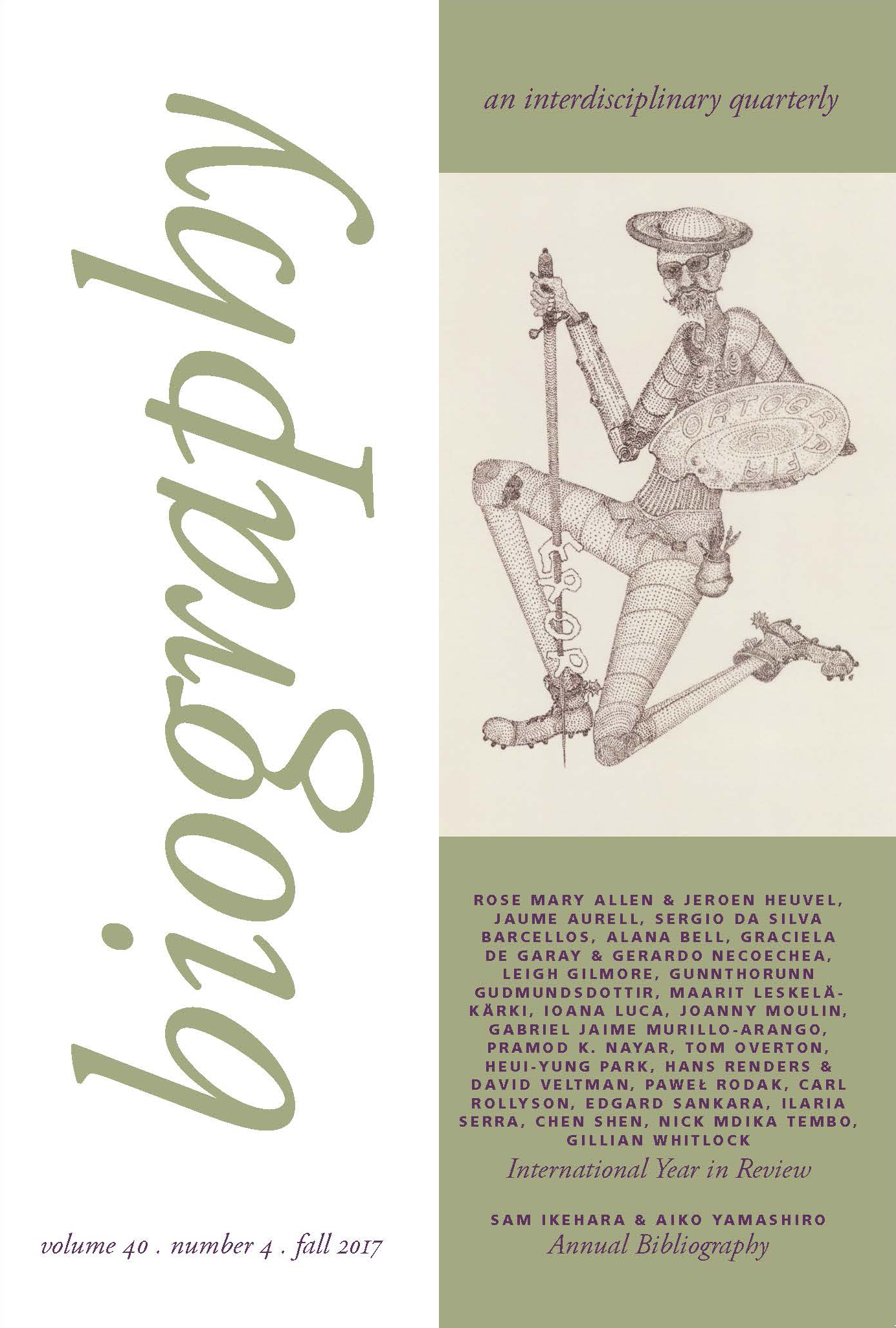 About the Journal
About the Journal